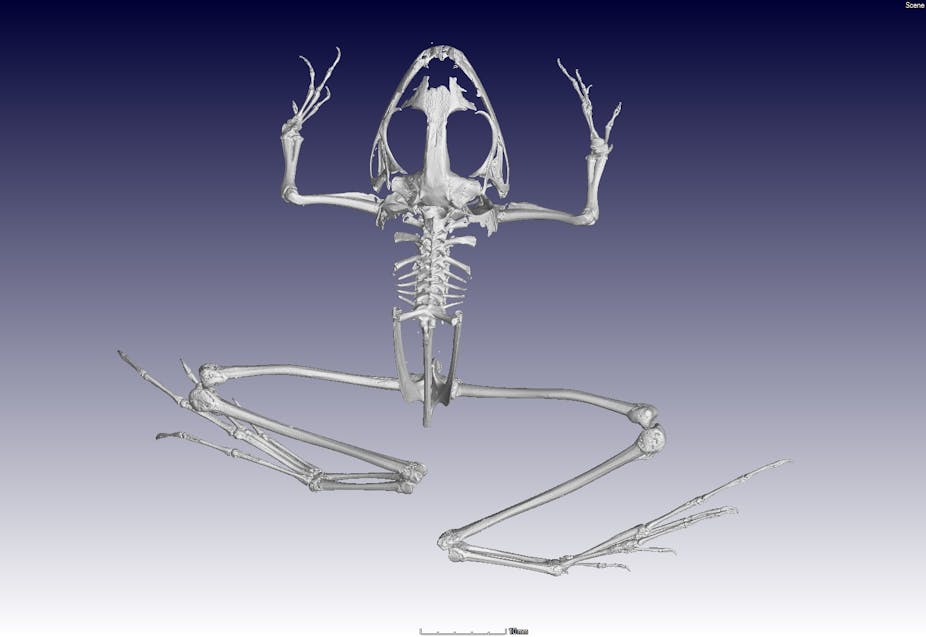Around 5.1 million years ago, fascinating and now extinct animals like sabre-toothed cats, wolverines and short-necked giraffe roamed the west coast of South Africa. The fossils of these species came to light after metres of concealing sand was removed during phosphate mining more than half a century ago. This took place in an area known as Langebaanweg, a region which lies on Africa’s south west coast, 150km north of Cape Town.
The site is home to an incredibly rich and diverse selection of fossils. These provide information on the evolution of numerous different animal groups. The fossils include many taxa which are usually poorly preserved or absent, such as birds and small reptiles and amphibians. The site also contains species which make a first appearance in the fossil record including some small rodents, frog and bird species, as well as large mammals like elephants, giraffe and other ungulates.
The fossil deposits provide an opportunity to investigate changes in the ocean, atmosphere and terrestrial environment, all of which contribute to understanding climatic and environmental change in the past. This, in turn can help us understand how species might survive major climatic changes in the future. This is valuable information given the threat that climatic change poses.
Fossil frogs are a particularly useful group to track climatic change. Their breeding habits are tied to rainfall patterns. The fact that many species have precise habitat requirements, as well as the fact that they have small home ranges, makes them a more suitable climatic proxy than larger animals.
And their fossils have taught us something interesting – that the current pattern of winter rainfall in the area is a relatively new phenomenon. This finding contradicts what’s been commonly accepted among scientists for decades; that the area has had winter rainfall stretching back 11 million to 10 million years. Research on frog fossils shows that in fact the winter rainfall pattern set in much later than previously assumed.
This kind of information is vital for an understanding of the evolution of the current winter rainfall regime. This is turn will help predict how future climatic change and global warming is likely to affect the region, and to plan for it.
A time of change
The period when the bones were accumulating – 11 million to 10 million years ago – was a time of global climatic change. The animals of the region were undergoing modification with the genera of modern animals becoming established. The taxonomic rank of genus (plural genera) represents a group of animals or plants with similar traits and qualities.
Frog bones are frequently recovered from archaeological and palaeontological sites. They are particularly useful for reconstructing ancient environments but often remain unanalysed because of a lack of interest or expertise.
Due to their breeding habits and biology, they are sensitive indicators of changes in rainfall and climate over time.
For a long time scientists believed that the winter rainfall regime of the Western Cape, and the inception of dryness on the west coast, date back some 10 million to 11 million years ago. This is when the Benguela current first became established. The current wells up along the west coast, carrying cold and nutrient-rich waters, and together with the persistent, strong South Atlantic high-pressure system is one of the two main causes for existing aridity along the south-western coast and Namibia.
In addition, isotope analysis of the animal bones and teeth from large mammals at Langebaanweg showed that the region was dominated by vegetation like fynbos and grasses which grow predominantly under winter rainfall. The presence of these plants was used as evidence of a winter rainfall regime.
But this was a rather erroneous assumption because many fynbos plants and grasses grow in both summer, winter, and all-year-round rainfall zones.
The Langebaanweg frog fossils have shed new light on the issue. Research suggests that the area was getting relatively high rainfall that fell partially, if not entirely, in the summer months.
A frog tale
The first discovery that points to this was that there were a very high number of frog species – 23 in all were identified. Such a high number in one locale is only seen today in the eastern parts of South Africa which receive very high rainfall.
Some of these species were both winter and summer breeding frogs. But the identification of two frog species belonging to the genus Ptychadena (Grass frogs) from Langebaanweg provides new and compelling evidence for a summer rainfall regime, or of at least significant summer rainfall in the southwestern Cape 5.1 million years ago. This is because these species are summer rainfall affiliates.
This first direct evidence for summer rainfall on the west coast at 5.1 million years ago contradicts the common assumption about the area having a winter rainfall regime as far back as 10 million years ago.
The lowly frog has taken us a leap forward and has helped unlock some of the mysteries of the past west coast climate. This indicates that the evolution of the west coast winter rainfall pattern is more complex, and possibly occurred much later, than previously thought.

